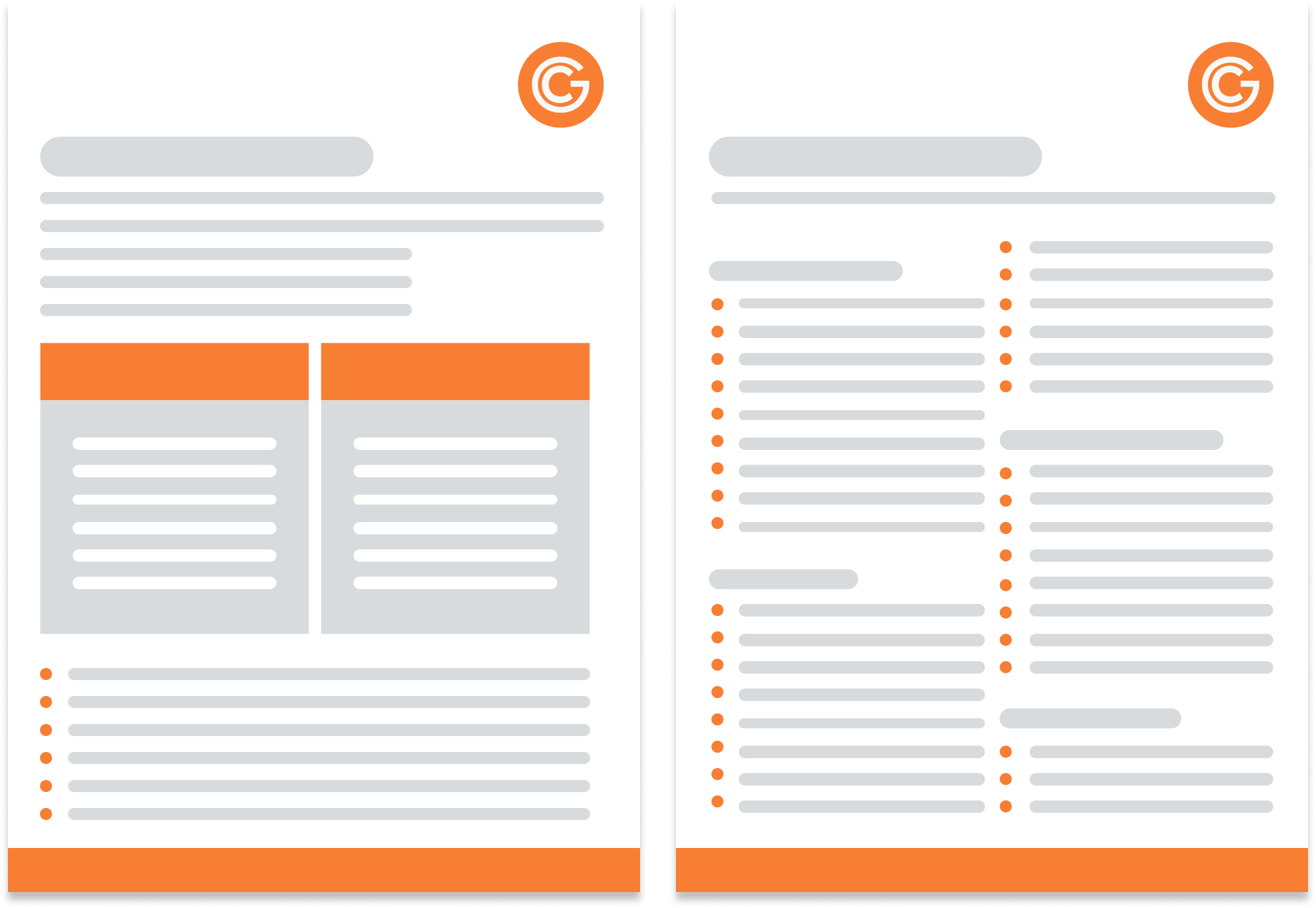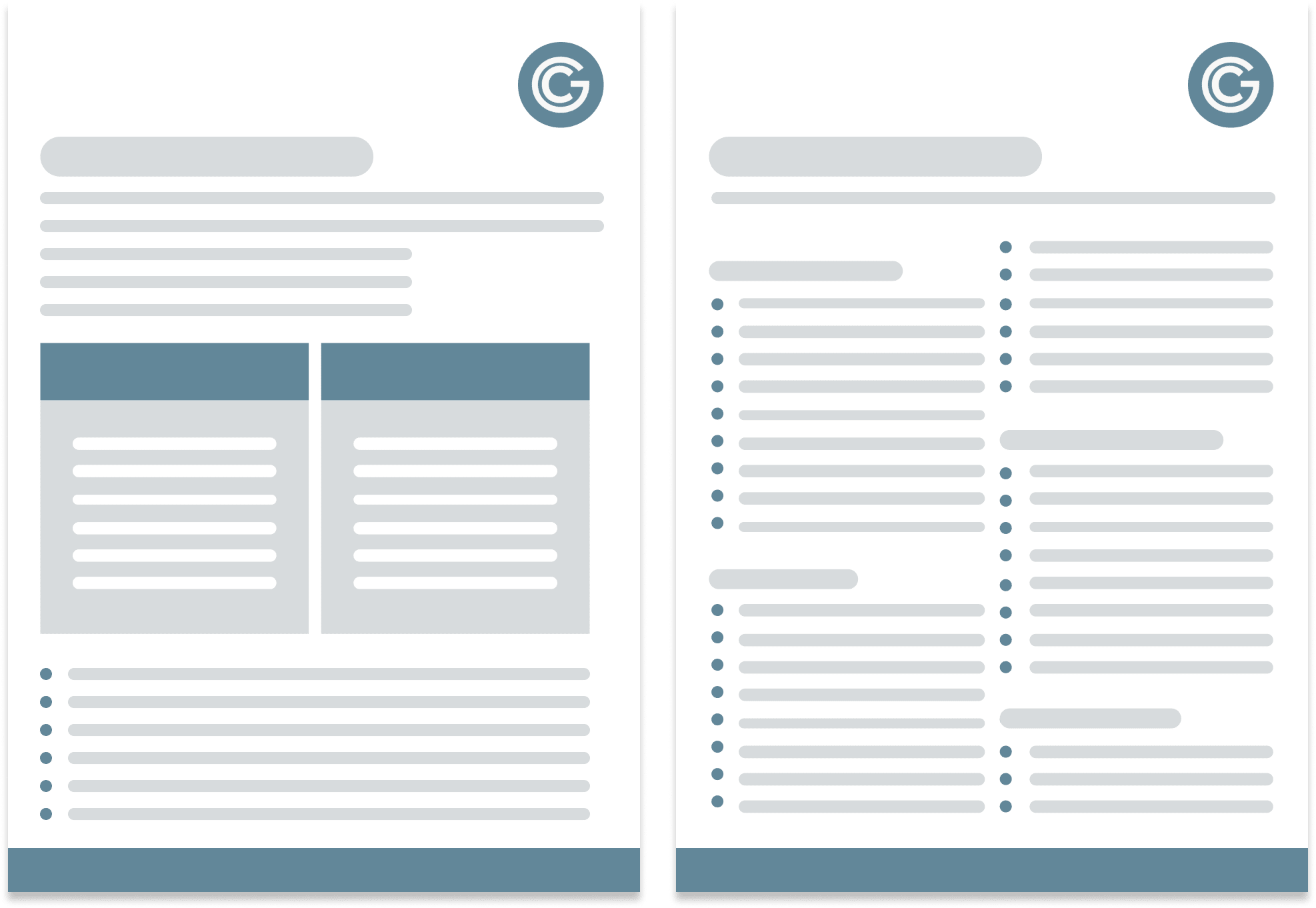

Bribery and Corruption Framework
The GoodCorporation Framework on Bribery and Corruption outlines actionable controls to reduce corruption risk, which can be used as a tool to assess and improve the robustness of an organisation’s anti-bribery management, corporate corruption risk controls, and overall bribery and corruption prevention programme. The 73-point framework can be used to review head office policies or at site level to evaluate their application in operating units, helping companies identify and close gaps in anti-bribery procedures.
Areas covered by the framework
Top-level commitment: senior management actively promote the organisation’s zero-tolerance of bribery and corruption.
Communication and training: the organisation trains all relevant stakeholders and has strong communications to ensure that its anti-corruption message is promoted.
Risk assessment: there is a specific corruption risk assessment which is carried out regularly.
Due diligence: a proportionate and risk-based approach is in place to conduct due diligence which identifies and mitigates any bribery risks posed by those providing services or operating on behalf of the organisation.
Key business functions: the organisation can demonstrate that it has understood and mitigated the bribery risks associated with its core business functions (sales, procurement, finance, HR and government affairs).
Compliance and monitoring: robust systems to monitor and review the effectiveness of anti-bribery procedures are clearly established with a strong speak-up process.

Explore our frameworks
GoodCorporation's portfolio of proprietary frameworks act as practical guides for organisations looking to implement best practice and manage the wide range of ethics, compliance and sustainability challenges they face.

Frequently asked questions
An anti-bribery and corruption framework is a structured set of internal controls, policies, and procedures designed to identify, prevent, and mitigate the risks of bribery and corruption across an organisation’s operations. It provides a systematic approach to ensuring compliance with legal and ethical standards, helping organisations demonstrate that adequate procedures are in place to prevent bribery.
The GoodCorporation Framework on Bribery and Corruption is a practical tool that organisations can use to build, evaluate, and strengthen their bribery and corruption prevention programmes. Structured around 73 responsible business principles, it covers all key aspects of anti-bribery management, from tone at the top and risk assessment to third-party due diligence and whistleblowing procedures. The framework can be applied at both head office and site level, helping companies identify and close gaps in their anti-bribery procedures and ensure that policies are effectively implemented in practice.
A risk-based approach allows organisations to allocate resources efficiently by identifying the areas most vulnerable to bribery and corruption, ensuring that due diligence and controls are proportionate to actual risk exposure. It helps avoid a one-size-fits-all approach by focusing efforts where the potential for wrongdoing is highest, whether that’s in specific markets, functions, or third-party relationships.
The GoodCorporation framework includes a unique 73-point assessment model tailored to specific business functions. It emphasises both headquarters-level policies and operational-level applications, making it actionable and measurable. It goes beyond a standard checklist by looking at how anti-bribery measures work on the ground, across different parts of the business. The framework also allows organisations to benchmark their approach against recognised best practice and demonstrate that they have effective procedures to prevent bribery.
Organisations should perform a bribery risk assessment at least annually or whenever there is a significant change in operations, markets, partnerships, or regulations.
